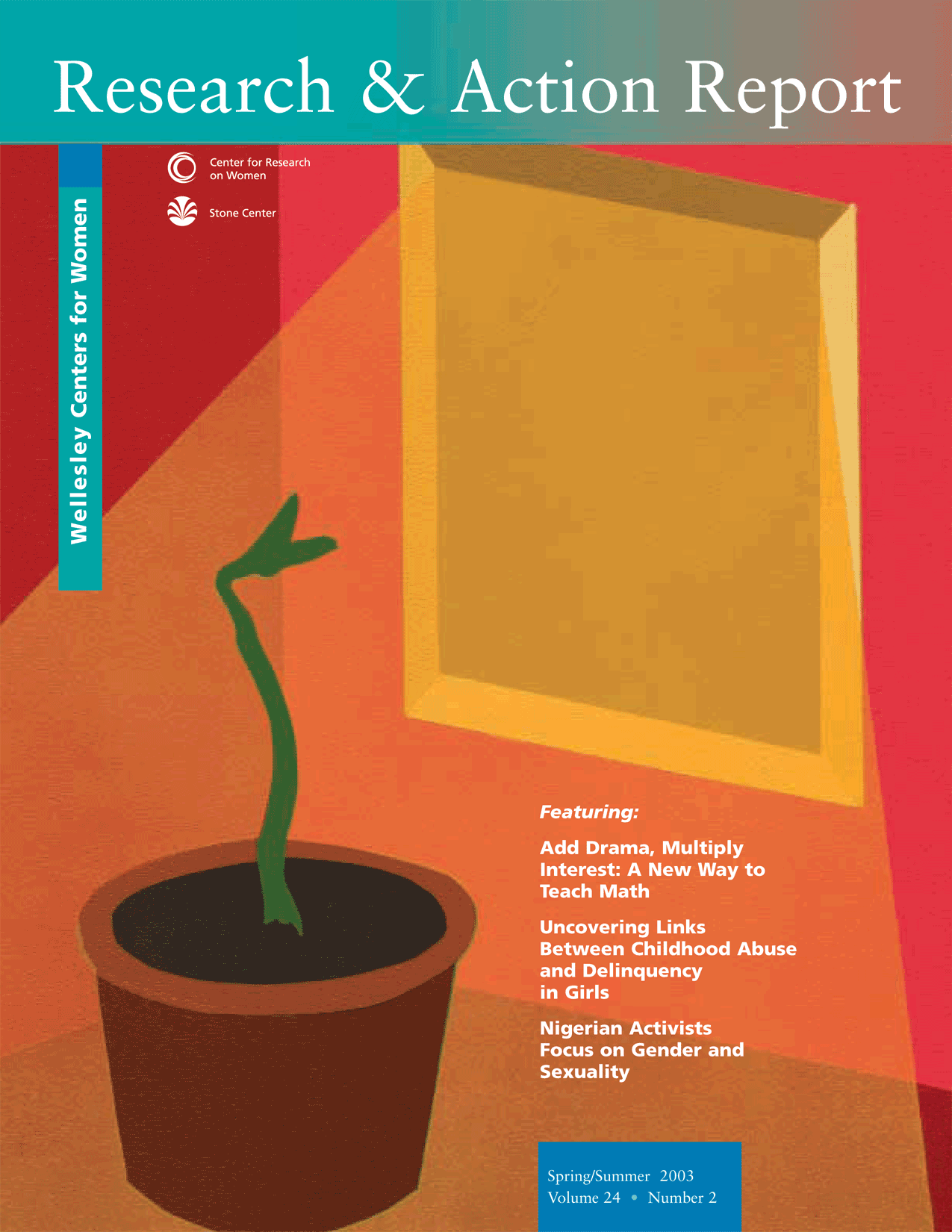Making mathematics interesting to young children has been an ongoing challenge faced by parents, teachers, and other education professionals for years. The problem is that children are asked to do abstract mathematical activities that have little intrinsic meaning for them. As a result, children often remain disengaged. Even the attempts to bring in “relevant” or “real world” examples—such as how many cookies each child will get or how long would you have to wait in line—are still not compelling enough to engage a young mind.
According to National estimates, every year more than 700,000 adolescent girls are arrested and brought into the juvenile-justice system. In fact, today, adolescent girls comprise about 28% of all juvenile arrests. Have girls become increasingly more violent in recent years? Is the violent behavior of girls different from that of boys? Do girls need different criminal-justice-system responses to help them cope with the problems they face? And, since many of these girls have experienced abuse in childhood, is there a link between childhood abuse and adolescent delinquency?
By Deborah L. Tolman
Last May, I met with an international group of women who provide reproductive-health and sexuality-education services to adolescent girls in developing countries with support from the International Women’s Health Coalition.
Students are a vivid presence throughout the three buildings that house the Wellesley Centers for Women—at the copy machine, at computers, and at the reception desk. Each year, WCW hires approximately 70 students in a variety of clerical and research positions.

In this issue:
 | Wellesley Centers for Women 781.283.2500 |
Copyright © 2025 Wellesley Centers for Women, Wellesley College | Privacy Policy
National SEED Project | National Institute on Out-of-School Time
